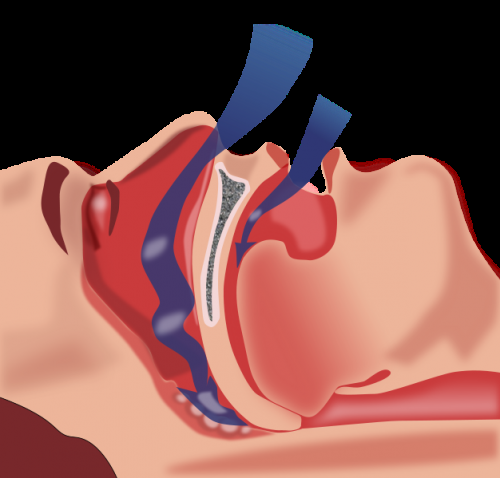Home » Health News »
CPAP treatment increases physical activity in adults with sleep apnea, heart disease

A new study found that treating obstructive sleep apnea with CPAP therapy increased self-reported physical activity in adults with a history of heart disease.
During a mean follow-up period of 3.7 years, the group treated with CPAP therapy reported approximately 20% higher levels of moderate physical activity compared with the control group. The study also found the CPAP group was more likely to report activity levels consistent with expert recommendations.
“We were pleased to find that our CPAP users reported that they were better able to maintain their levels of activity over the four years of the study, and that they reported fewer limitations in moderate and vigorous activities including those that are important for independent aging, like walking up the stairs,” said study co-author Kelly Loffler, who has a doctorate in biochemistry and molecular biology and is a research fellow at the Adelaide Institute for Sleep Health at Flinders University in Adelaide, South Australia.
The study is published in the February issue of the Journal of Clinical Sleep Medicine.
Nearly 30 million adults in the U.S. have obstructive sleep apnea, a chronic disease that involves the repeated collapse of the upper airway during sleep. Common warning signs include snoring and excessive daytime sleepiness. A common treatment is CPAP therapy, which uses mild levels of air pressure, provided through a mask, to keep the throat open during sleep.
The Sleep Apnea cardioVascular Endpoints (SAVE) study was an international, randomized controlled trial of patients with a history of cardiovascular disease and sleep apnea who were recruited from diverse socioeconomic and health care settings. This analysis examined activity data among 2,601 participants between the ages of 45 and 75 years. More than 80% of participants were men, about 63% were Asian, and 25% were white.
Participants were randomly assigned to one of two groups: One group was treated with CPAP and usual cardiovascular care, while a second group received only usual care. While there was no specific exercise intervention, participants reported physical activity using the Leisure-Time Exercise Questionnaire at the start of the study and over six, 24 and 48 months.
According to the authors, the increased level of physical activity found in this study would likely convey substantial health benefits over longer periods of time, such as lowering the recurrence of cardiovascular events.
Source: Read Full Article



